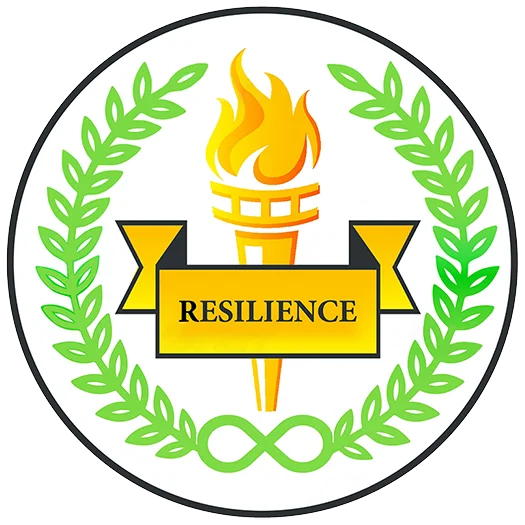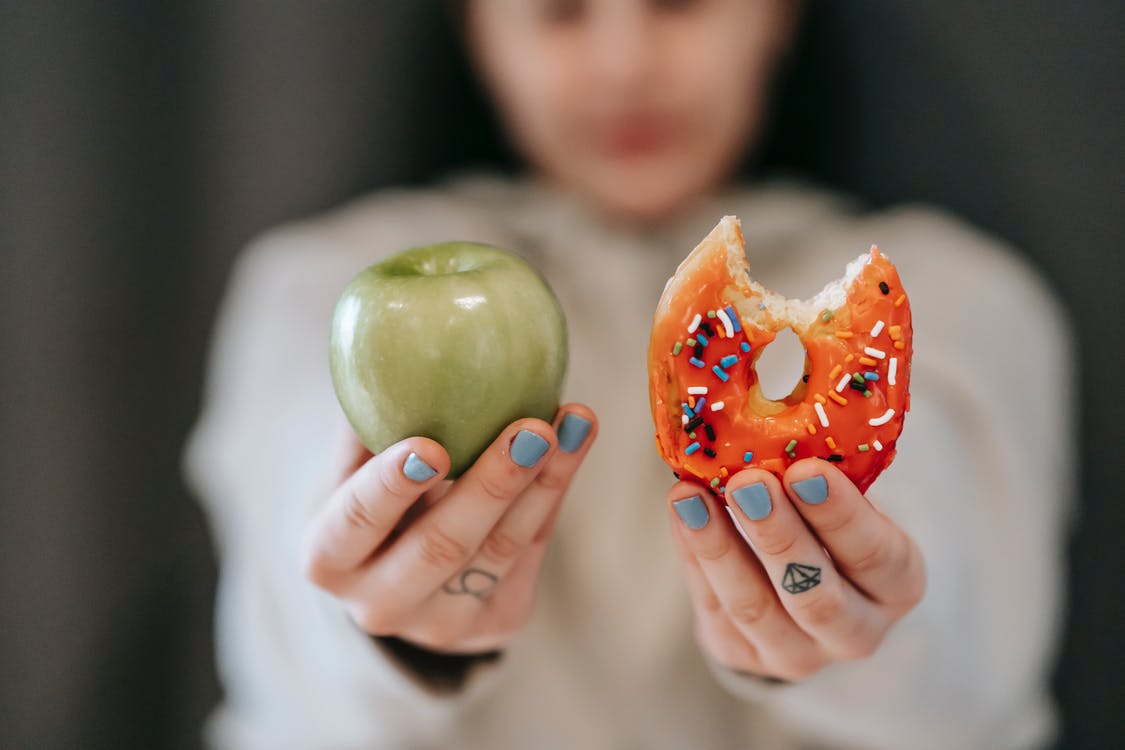Oh, what a nice plate of Salmon and rice for dinner. But, I feel that I have a sudden sweet-tooth hankering for that extra fudge cookie dough sundae ice cream tonight for my just deserts on this muggy hot summer day! Indeed, I’ll just have to take a rain check today on my dieting! If you are like most Americans, this is an all too familiar scenario. You set a goal, typically prompted on the pretext that you set it as your New Year’s resolution to cut back from consuming too many calories after having gone through prolonged social isolation that has already spiked excess of calorie intake for many. Only then to belie that by emerging to fully embrace such long set bad habits as springing for high-calorie deserts after every meal. Unsurprisingly, many people maintain that if they were to merely strengthen their willpower by going their own way, they could keep the course and avoid such bad habits. However, as the expression goes, bad habits die hard. Plus, it is crucial to realize that a majority of bad habits stem from outright addiction. And the one thing that all addictions have in common is that it perpetuates the need that it was intended to satisfy, which in turn conditions the addict to learn to exacerbate that dependence by getting and doing more. This is largely due to playing out over a long course of time, rather than by us actively deciding in isolated cases. In fact, recent research reveals that forty percent of our daily decisions are not active decisions. Instead, they have become bad habits internalized into our daily routines. Hence, why I maintain that in lieu of recent findings; SEL (social-emotional learning) grants us the best possible resources by which to combat against unhealthy routines. Plus, it would strengthen our resistance to the aforementioned forty percent. In so doing, we may yet liberate ourselves from routinely falling back into bad habits. Some psychologists even submit that certain individuals require an entire change of scene in order to break bad habits, such as escaping the noisy influences of city life. Such bucolic reprieves have been noted to be a positive net gain change for those who find it a more learning conducive environment.
In addition, absorbing SEL learning values bolsters your immune system from getting overwhelmed by new bad habits. Which, should be considered an integral part to any intervention. For instance, if you teach an alcoholic social-emotional learning, they tend to be more open to change and may then actively go out to seek help. Plus, SEL has been shown to be effective in engendering trust in such learning communities, whose expressed values once internalized allows one to keep healthy routines with relative ease. This guards against irresponsibility which far too often leads many to lapse into reoccurring cheat days off from their diet. Another even more important facet to that end: the power of SEL is predicated on the social support of many learning communities of well-being of infinite potential. Whereas individual willpower is finite; contingent solely on the person’s self-worth and level of personal responsibility. Furthermore, irresponsible individuals more often than not find their reserve wells of perseverance soon runs dry. They will inevitably revert progress made, resulting in falling behind the eight ball. Which in the case of the alcoholic; becomes a re-cyclical coping mechanism used to shirk responsibility by slinking further down into the bottle to numb out personal failings. Breaking bad habits often takes more of a collective effort, whereby social-emotional maturity which fosters long-term willpower of the community. Hence, it is vital to address vices compounding such problems in order to free oneself. Once that’s achieved you can start down the road to problems in order to free oneself. Once that’s achieved you can start down the road to a hard reset on any unhealthy lifestyles.
Furthermore, there is a key inflection point in the process: a key juncture requiring
personal reflection by which to have a firm grasp on establishing good habits. People far
too often underestimate this key part of the process. Which, happens to be THE
quintessential part of the process to ditching bad habits. SEL development will allow you
to muster wholesome routinized lifestyles. Thus, you’re able to preemptively avoid future
pitfalls. Granted, all of this is not to say that SEL guarantees this. There are people who may for any variety of reasons be unwilling to adopt SEL. Moreover, neuro-scientist Dr. Wendy Wood author of “Good Habits, Bad Habits,” maintains that we “repeat what works, and when actions are repeated in a stable context, we form associations between cues and
responses ” So, then why do we often make poor choices that form long-lasting hindering
habits preventing us from achieving our goal? Going back to the opening example: if my
goal is to maintain a healthy weight, eating copious ice cream after every meal is clearly
counterproductive to that end. Even if it takes a Herculaneum effort from a supportive
community for several years, it can be done more readily when we stay the course via SEL. This becomes a real reversal of fortunes to turn the tide on bad/self-destructive behaviors.
Seeing as this problem is multifaceted, remedies never arrive in convenient “silver
bullet,” forms. Hence, it takes real concerted efforts of personal resolutions corresponding
to individualistic variability. The prefrontal cortex often is deep-set in how we are raised in
our nascent conditions. At this point, I will not go further into that as it inevitably veers
headfirst into the realms of nurture vs. nature debates. Instead, I will now turn to basic
neuroscience. To be sure, our neocortex does not compel us to be habitual ice cream slobs. Rather, there are various mental factors to consider. One of those is the so-called “grandfathering in effect,” which happens when someone with a penchant for sweet tooth habits has that imprinted on them from a very early age. They associate it in their brain as being a nostalgic moment of happiness from their rich bank of childhood mementos. Hence, there is a long set of hardwiring per se that influences individual behavior predicated to a degree on such upbringings. This holistic reconceptualizing of current frameworks on habit construction through the lens of SEL gives us the best possible recourse.
With all that having been said, the takeaways of this essay are as follows: when we take time to critically think out decisions in our daily lives, we strengthen our personal volition and responsibility. This potentially liberates ourselves from the tyranny of bad habits. Ergo, we have to empower ourselves in order to regain agency. While that will not guarantee remedy to all cases, it is a good starting point by which to stave off the forty percent of bad habits accrued as an inextricable part of life. It nevertheless grants us clear guidance in conferring a new road map by which to address reoccurring habits going forward.

